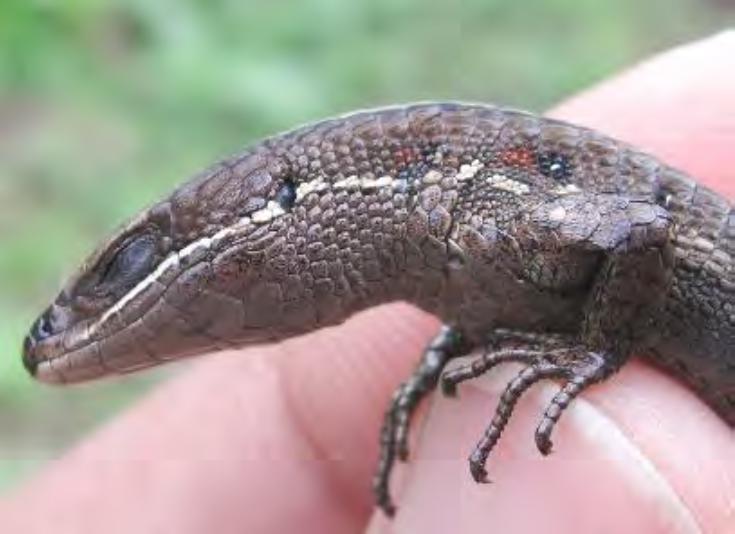Juan Carlos Cusi Martinez
The aim is to evaluate the conservation status on amphibian fauna, develop an education program and design a biological monitoring program.
The high fragility of amphibian to anthropogenic activity (i.e. habitat fragmentation, burning of forests, illegal harvesting, indiscriminate cutting and pollution by illegal mining), climatic change and recent infections caused by chytrid fungus (Batrachochytrium dendrobatidis), make this vertebrate group an excellent indicator to assess the conservation status on protected natural areas recognized as hotspot.

In this context, the Tabaconas-Namballe National Sanctuary (TNNS), placed in Cajamarca Region, northern Peru is the unique natural area that conserves the Andean paramos and montane forests, moreover host a highly threatened wildlife. TNNS covers an extension 29500 ha between 1800 and 3600 m.a.s.l., and it was established in 1988 by Peruvian Government (D.S. Nº051-88-AG), also it is part of Andes Ecoregional Complex (NAEC) and its Paramos, such as “Lagunas Arreviatadas”, are internationally recognized as RAMSAR site since 2007.
Numerous explorations have been conducted in the northern Peruvian Andes since the 1980s; however very few biological surveys have been conducted in Tabaconas Namballe National Sanctuary showing a great absence of information about wildlife of this area as is reported in their Master Plan.
Previous herpetological explorations surveyed inside the TNNS recorded 13 amphibians and 6 reptiles, where seven amphibians are Included in IUCN Red List (Lynchius parkeri, Pristimantis schultei, P. galdi, P. aquilonaris, P. bellator, Hyloscirtus alytolylax and Gastrotheca montícola). It’s estimated that more than 90% of the TNNS area hasn't been scientifically explored, so amphibian diversity is highly underestimated.
Through periodic fieldworks in rainy and dry seasons, we propose to determine the status conservation of amphibian populations and provide an adequate training to forest rangers for a biological monitoring long-lasting. Additionally, we will develop environmental educational programs addressed to local communities to highlight the role of amphibians in ecosystems and they contribute with its protection.